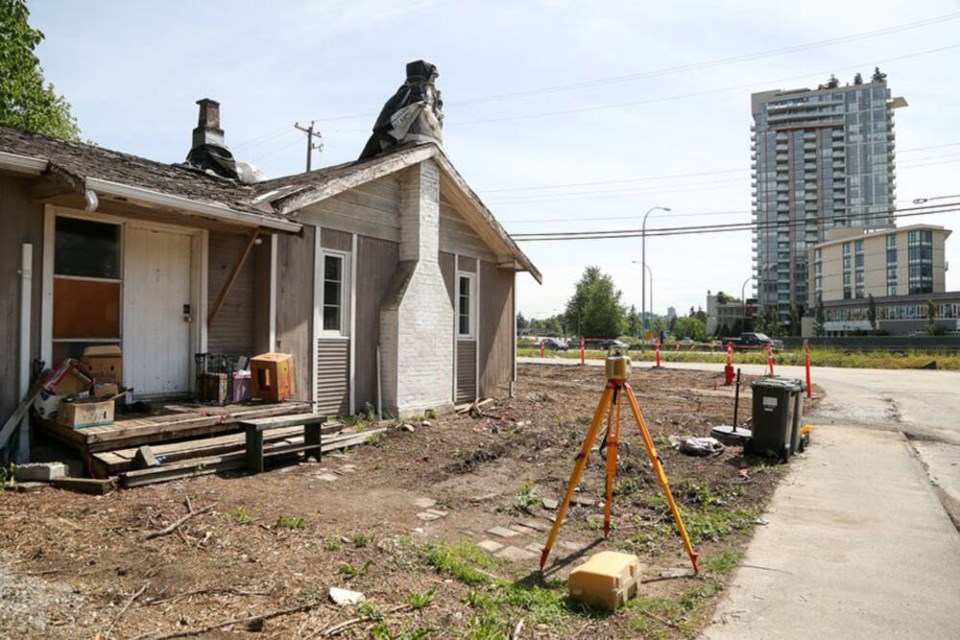The District of North Vancouver has failed in its legal bid to get out of paying an expropriated homeowner an additional $900,000.
In 2018, the district paid Juanna Hanlon $1.68 million for her Forsman Avenue property, plus $320,000 in damages, in order to clear way for the Lower Lynn Improvement Project.
Hanlon took the district to court, arguing that she had been low-balled by the district because its assessor failed to consider the value of the property for redevelopment potential when determining how much she should be compensated. Hanlon asserted the property was worth $3.2 million, based on the amount paid for three single-family lots across the street that had been purchased as a land assembly and then shadow-flipped for 42.3 per cent more less than a year later.
A B.C. Supreme Court judge largely agreed with Hanlon and, in March 2022, set the value at $2.9 million, ordering the district to pay Hanlon the difference, plus interest.
The district took the dispute to the B.C. Court of Appeal, arguing the lower court judge had made errors in law.
Specifically, the district’s lawyers asserted the trial judge failed to consider what Hanlon herself believed the property to be worth, based on her own attempts to sell the property. In May 2016, Hanlon listed the property for $2.46 million, and in October dropped the asking price to $1.9 million but received no offers, the court documents state.
In a B.C. Court of Appeal decision published on Thursday, Chief Justice Robert Bauman agreed that an owner’s listing has some relevance in determining value, but added “it nowhere approaches, today, a conclusive ceiling on value.”
Sellers “notoriously” list their properties low, in hopes of starting a bidding war, he acknowledged, adding that the legislation has also evolved to use different methods for determining market value. The pending highway project itself may have been a disincentive for potential buyers, Bauman noted, given that it had been announced publicly.
Hanlon testified she had a lot of interest from developers, but added they became frustrated because they could not get clarity from the district on what could be built on the site.
The district also argued on appeal that the trial judge “misconstrued” the evidence by failing to consider that the properties across the street were worth more assembled for redevelopment than they would be individually, as hers was.
But Bauman rejected that, saying it was an argument the district should have advanced at trial and not grounds for appeal.
Lastly, the district asserted the lower court judge was wrong to use the neighbouring properties as a benchmark for determining how rapidly the market was rising at the time. That, too, the court found to be without merit.
“The judge was faced with competing expert views on the rate of increase in the rising market between the relevant dates,” Bauman wrote on behalf of the three-judge panel. “It was for the judge to determine the weight he placed on the expert evidence before him. No palpable and overriding error in that assessment has been demonstrated on appeal.”
District of North Vancouver staff declined to comment on the decision.



